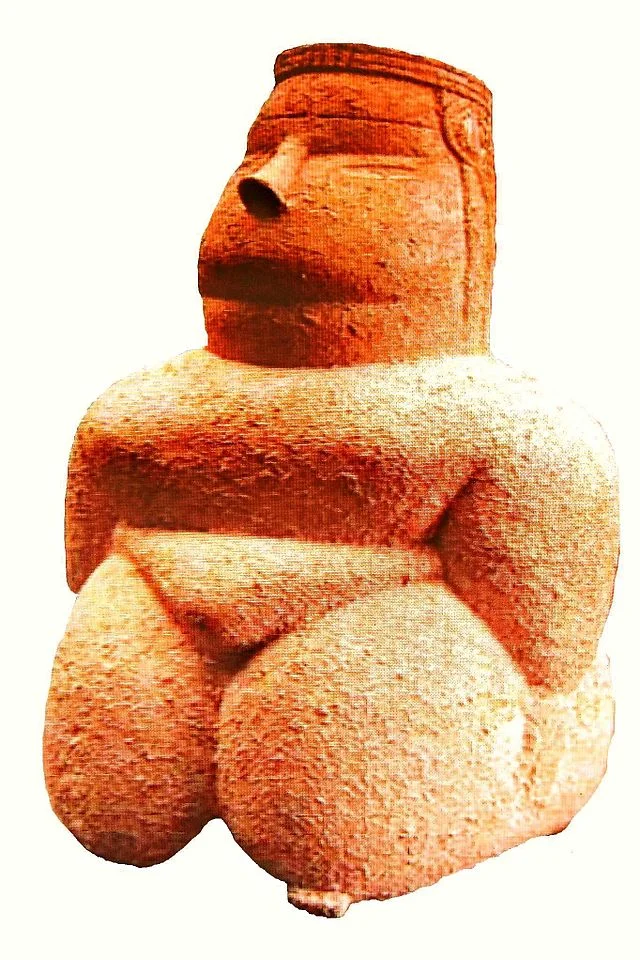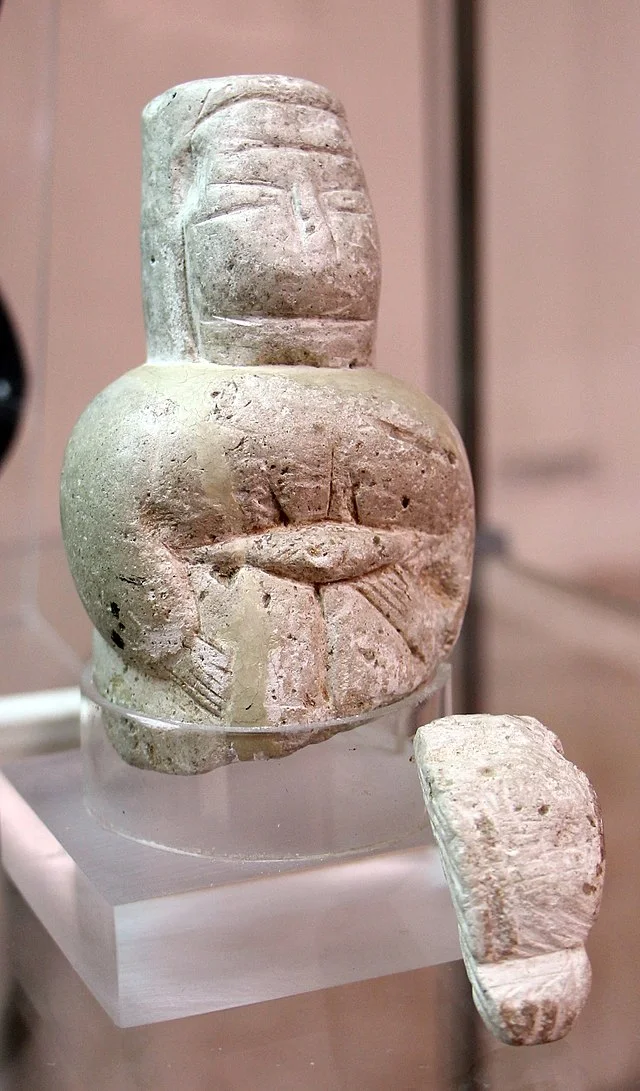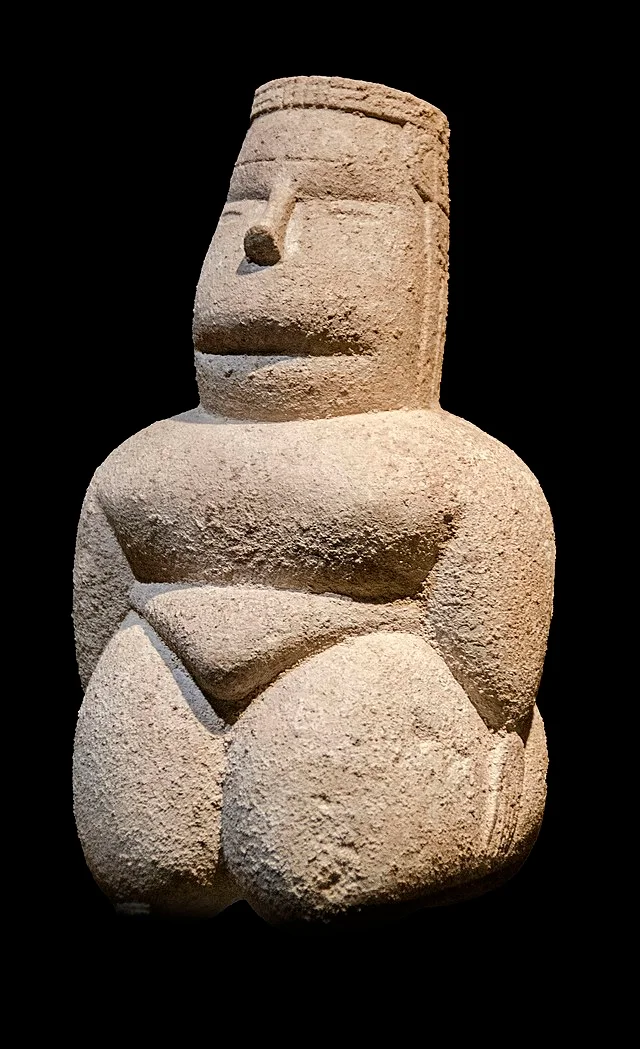The Bonu Ighinu Statuette is an important archaeological find from Sardinia, Italy. Discovered in the early 20th century, it offers insight into the pre-Nuragic period on the island. Dating from the Chalcolithic era, this small, anthropomorphic figure represents the rich cultural history of Sardinia around 3000 BC.
Get your dose of History via Email
Discovery and Significance

The statuette was unearthed in the Bonu Ighinu region, located in central Sardinia. Archaeologists discovered it during excavations at a rock-cut tomb, along with other artifacts. Its presence among these items suggests it may have had religious or ceremonial importance. Similar figures have been found across the Mediterranean, indicating cultural connections between different regions during the Chalcolithic period.
Characteristics of the Statuette

The Bonu Ighinu Statuette is made of stone and depicts a human figure, though stylized and abstract. It stands about 10 centimeters tall, with simplified facial features and a body that lacks detailed anatomical representation. The abstraction may represent the spiritual beliefs of the people who created it. Archaeologists have noted similarities between this figure and others from nearby regions, reinforcing the theory of shared cultural practices.
Cultural Context

Sardinia’s Chalcolithic era is characterized by the transition from a hunter-gatherer lifestyle to more settled, agricultural communities. During this time, the island’s inhabitants built megalithic structures and created intricate pottery. The Bonu Ighinu Statuette likely played a role in rituals or ancestor worship, reflecting the spiritual and social development of the early Sardinian peoples.
Conclusion
The Bonu Ighinu Statuette remains an important piece of Sardinian prehistory. Its discovery has shed light on the spiritual practices and artistic traditions of the island’s early inhabitants.
Source:

